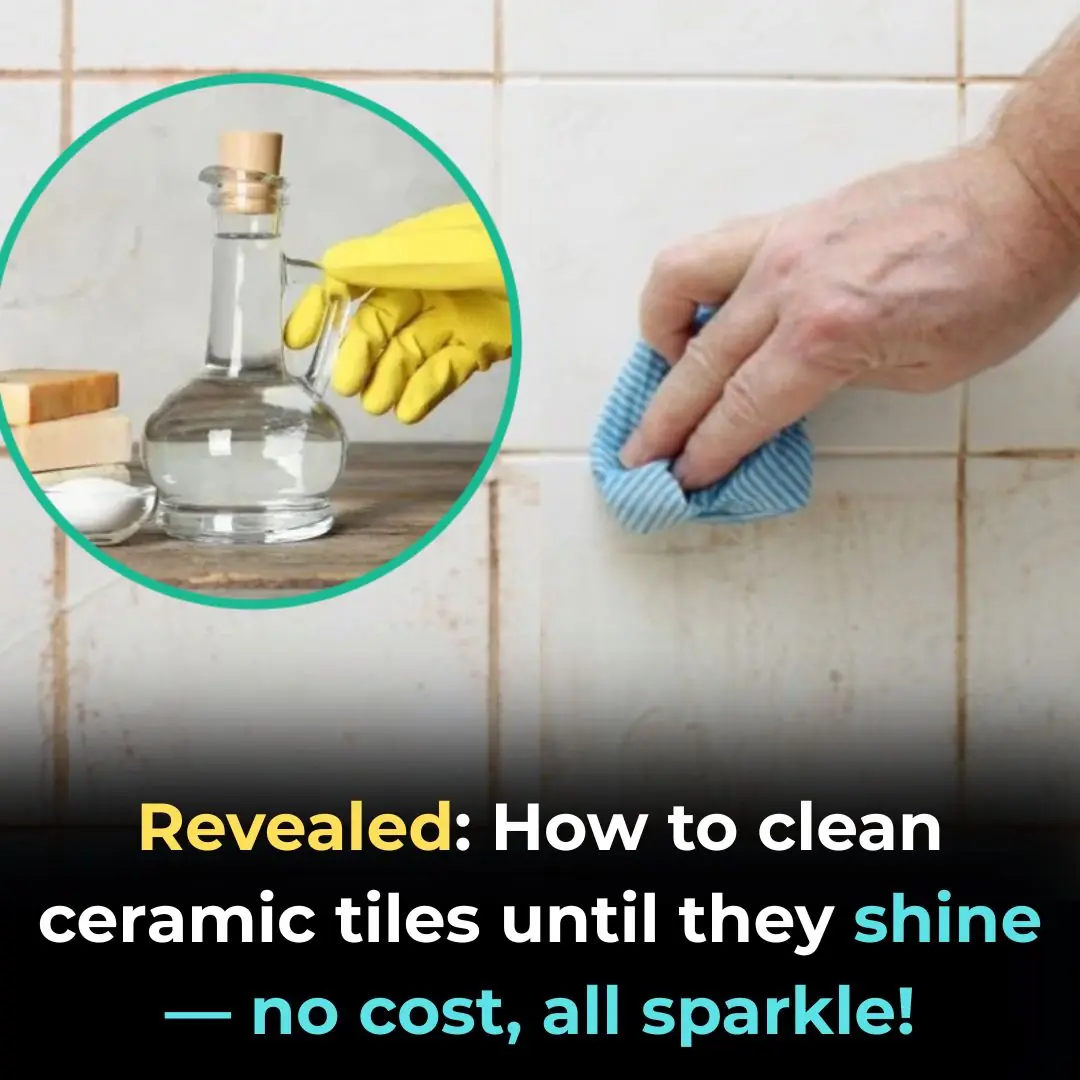
Tips to Clean a Rusty, Greasy Gas Stove — Restore It to Shiny
Over time, your gas stove inevitably accumulates layers of grease, grime, and even rust—dulling its appearance and reducing its lifespan. As the Vietnamese lifestyle site Tạp Chí Đời Sống points out, these stubborn stains not only detract from the kitchen’s look but also risk damaging the appliance if left unattended. (Tap Chí Đời Sống) (turn0view0)
Here’s a more detailed, polished version, supplemented with scientific reasoning and professional advice:
The Problem: Rust, Grease & Fading Finish
A gas stove’s surface is constantly exposed to oil splatters, heat, spills, and moisture. Over time:
-
Rust forms when metal is exposed to moisture and air; heat accelerates oxidation.
-
Grease and carbon buildup adhere to surfaces, forming hardened, sticky layers that trap dirt.
-
Finish degradation (fading or discoloration) may occur, especially on stainless or painted parts.
Removing these requires both chemical methods and gentle abrasion—without damaging the stove metal or parts.
Four Natural Cleaning Methods & Why They Work
The original article offers four key steps using common household materials. Below is that guidance, enriched with rationale and tips:
1. White Vinegar — “Weapon” Against Rust and Grease
White vinegar is often the first go-to. Its mild acetic acid can dissolve mineral and grease deposits and help loosen rust patches.
Method:
-
Pour or spray vinegar directly onto rusted or greasy areas.
-
Let it sit for 10–15 minutes to allow it to penetrate.
-
Use a soft brush or non-scratch scrub pad to gently rub the area.
-
Wipe clean with water, then dry with a cloth.
Why it helps: The acid breaks the bonds that hold rust and grease to metal surfaces. Using it before scrubbing reduces friction and risk of scratching.
Tip: Warm the vinegar slightly for stronger effect—just don’t boil it on the stove.
2. Baking Soda — the Finisher
Baking soda is a mild abrasive and base. It neutralizes the acid of vinegar and helps scrub away loosened grime.
Method:
-
Mix baking soda with just enough water to make a thick paste.
-
Spread it over stained areas.
-
Using circular motions, scrub gently with a sponge or soft brush.
-
For extra cleaning power, first spray vinegar, then sprinkle baking soda—let fizz, then scrub.
-
Finally, rinse and dry.
Why it helps: The paste gently scrapes residual grime while reacting with residual acid to further dislodge deposits.
3. Lemon Juice — Natural Cleaner with Fresh Scent
Lemon contains citric acid, which is similar to vinegar in function but with a pleasant fragrance.
Method:
-
Squeeze fresh lemon juice; dilute slightly with warm water.
-
You can sprinkle salt onto stubborn spots and rub with half a lemon.
-
Leave for a few minutes, then scrub gently.
-
Rinse and wipe dry.
Why it helps: The acidity attacks grease and oxidation. The salt introduces a mild abrasive effect when combined with lemon flesh.
4. Preventive Protection — After Cleaning
Cleaning is only half the job. The article emphasizes the importance of aftercare to delay rust re-forming.
Steps:
-
After scrubbing, wipe the stove with a damp cloth to remove residues, then thoroughly dry.
-
Optionally, apply a thin coat of cooking oil (e.g., vegetable or canola) onto metal parts and wipe off excess. This forms a protective film.
-
Regularly wipe up spills immediately—especially oily or acidic ones—to avoid buildup.
-
Clean knobs, crevices, and burner parts frequently, where grease often lurks. (Tap Chí Đời Sống)
What Cleaning Experts & Metal Care Sources Advise
-
Many cleaning and home-improvement publications (like Good Housekeeping and This Old House) recommend the same vinegar + baking soda combination as a safe, effective method for household metal and stainless appliances.
-
Professional appliance repair technicians warn against harsh oils or cleansers containing chlorine (bleach) or high acids, which can erode stainless steel or painted finishes over time.
-
In corrosion science, protective oil films are a recognized mitigation for oxidation—thin layers of oil slow down exposure to moisture and air.
-
Abrasive steel wool or harsh metal brushes, while effective, may scratch or damage coatings — always use gentle brushes or scouring pads rated safe for stainless/metal surfaces.
Extra Tips & Safety Warnings
-
Always disconnect or turn off gas supply before cleaning burner areas to prevent accidental ignition.
-
Avoid excessive water on ignition ports or control knobs. Use towels to keep water away from electrical/gas components.
-
Test methods in a small, inconspicuous area first to ensure no discoloration or damage.
-
Use rubber gloves to protect your skin from prolonged exposure to acid or alkaline cleaners.
-
Ventilate the kitchen while cleaning to evaporate fumes from vinegar, lemon, etc.
-
For stubborn rust that resists these natural methods, consider commercial rust removers formulated for kitchen appliances—use carefully and follow manufacturer instructions.
News in the same category

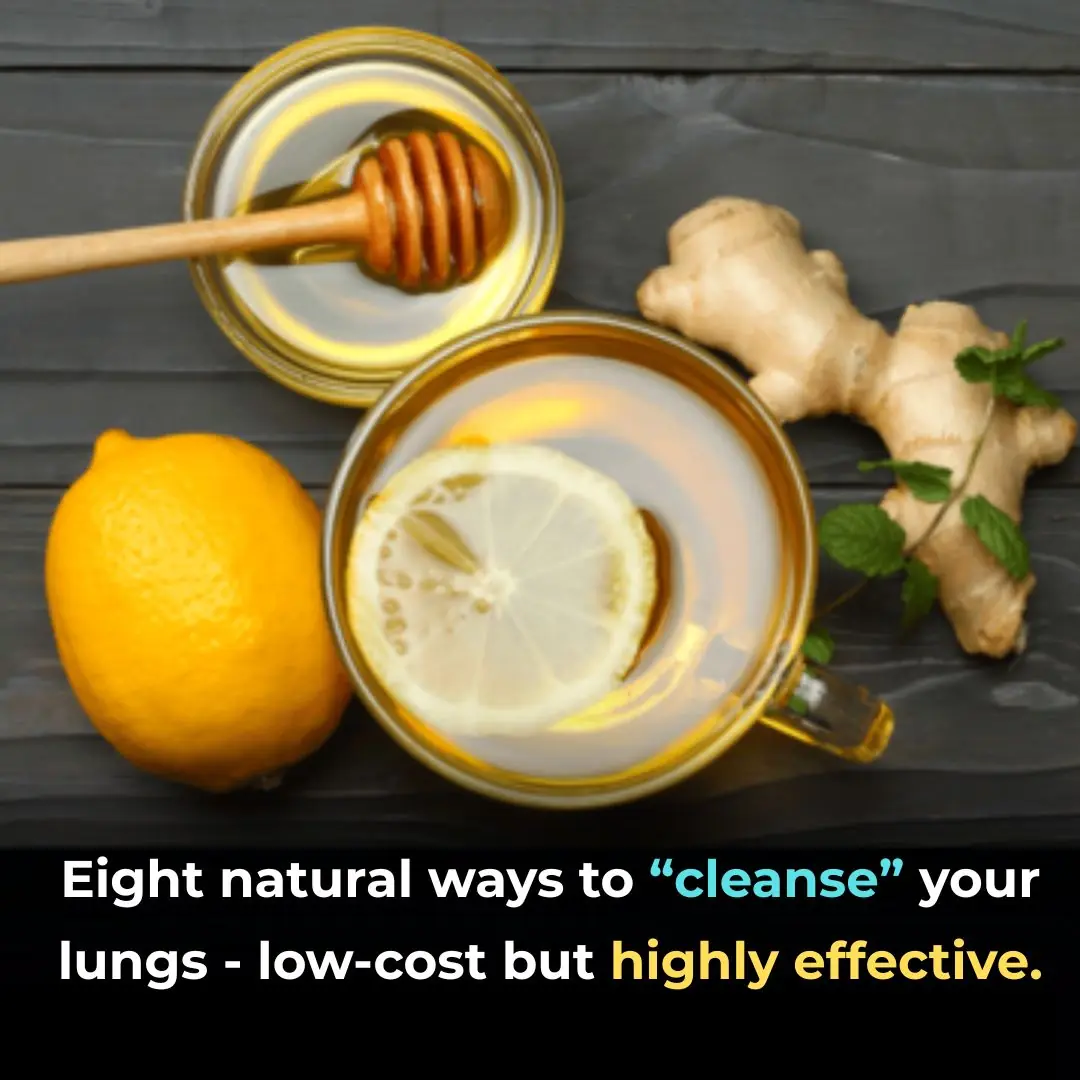
8 Natural Methods to “Cleanse” Your Lungs — Affordable and Effective Tips
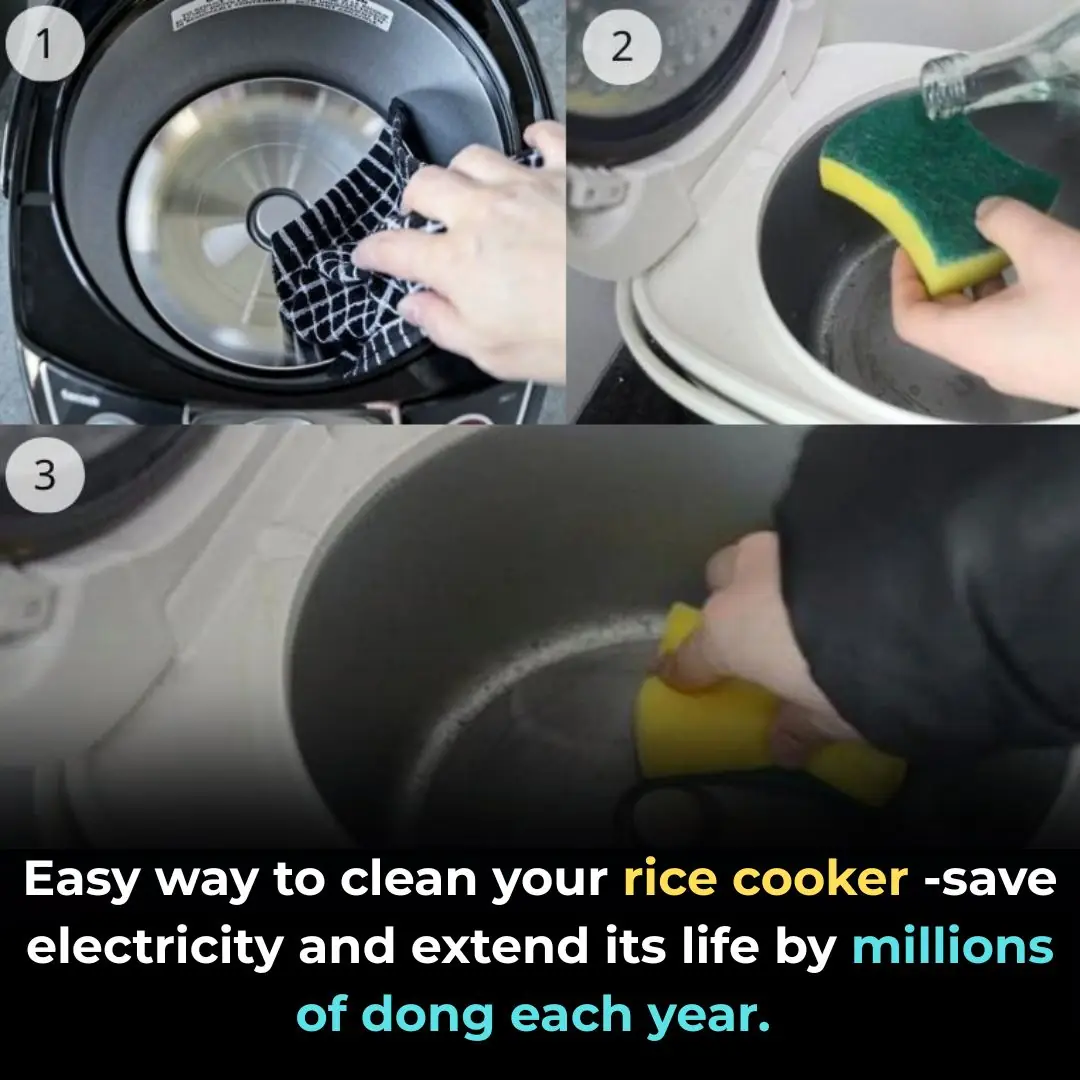
Clever Travel Tip That Could Save You a Ton on Your Electricity Bill (But It Applies to Flying Too)
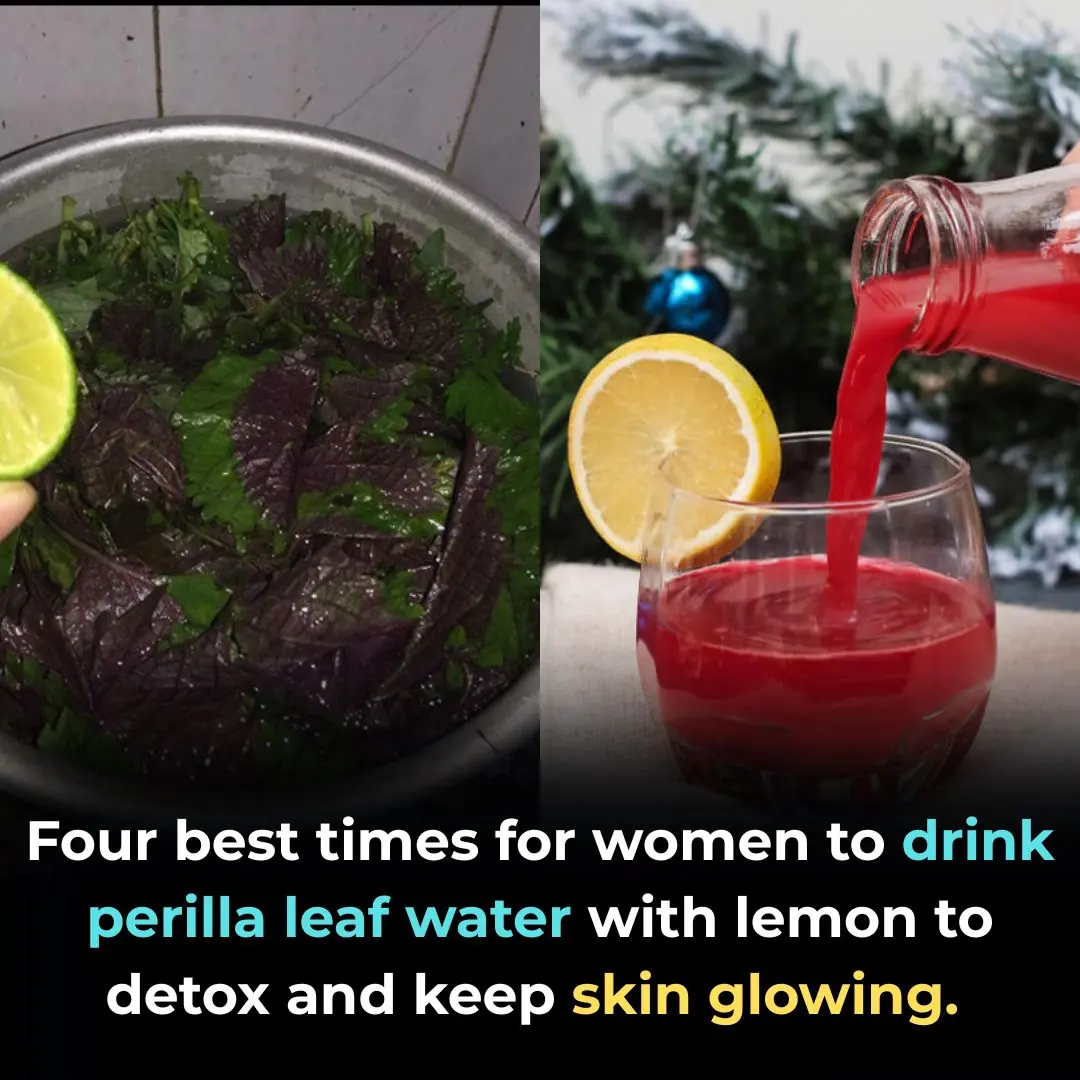
4 Best Times for Women to Drink Perilla-Leaf (Shiso) Water with Lemon to Detoxify and Radiate Skin

Insomnia Caused by Excess Liver “Fire”? Eat These 3 Vegetables to Moisturize the Lungs, Clear Heat, and Sleep Through the Night
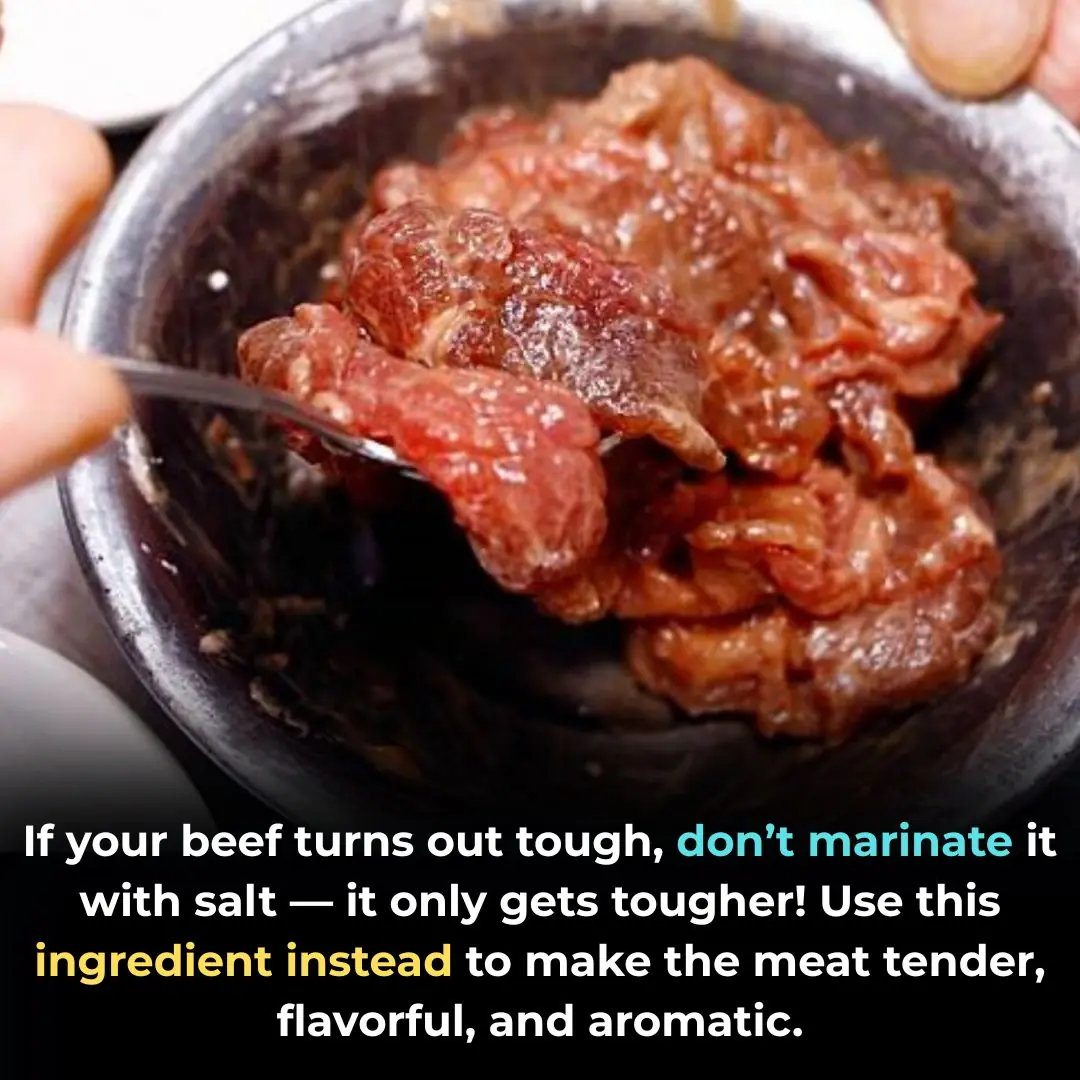
Stop Marinating Beef with Salt Alone — Use a Spoonful of Sugar Instead to Make It Soft, Flavorful, and Non-Watery

Expired Milk Is a “Treasure” — 2 Useful Ways to Repurpose It If It’s Still Good

AI can now be used to create brand-new viruses sparking fears of future catastrophe

Woman sued weatherman for $1,000 after he made the wrong weather prediction

Malia Obama Directs A’ja Wilson’s New Nike Commercial & It’s a Beautiful Love Letter to Black Girls

Maya Angelou Becomes First Black Woman To Appear On Quarter

Denzel Washington & A$AP Rocky Shine in Trailer for Spike Lee’s New Crime Thriller ‘Highest 2 Lowest’

Cindy Crusto Makes History As First Black Woman Professor In Yale Psychiatry History
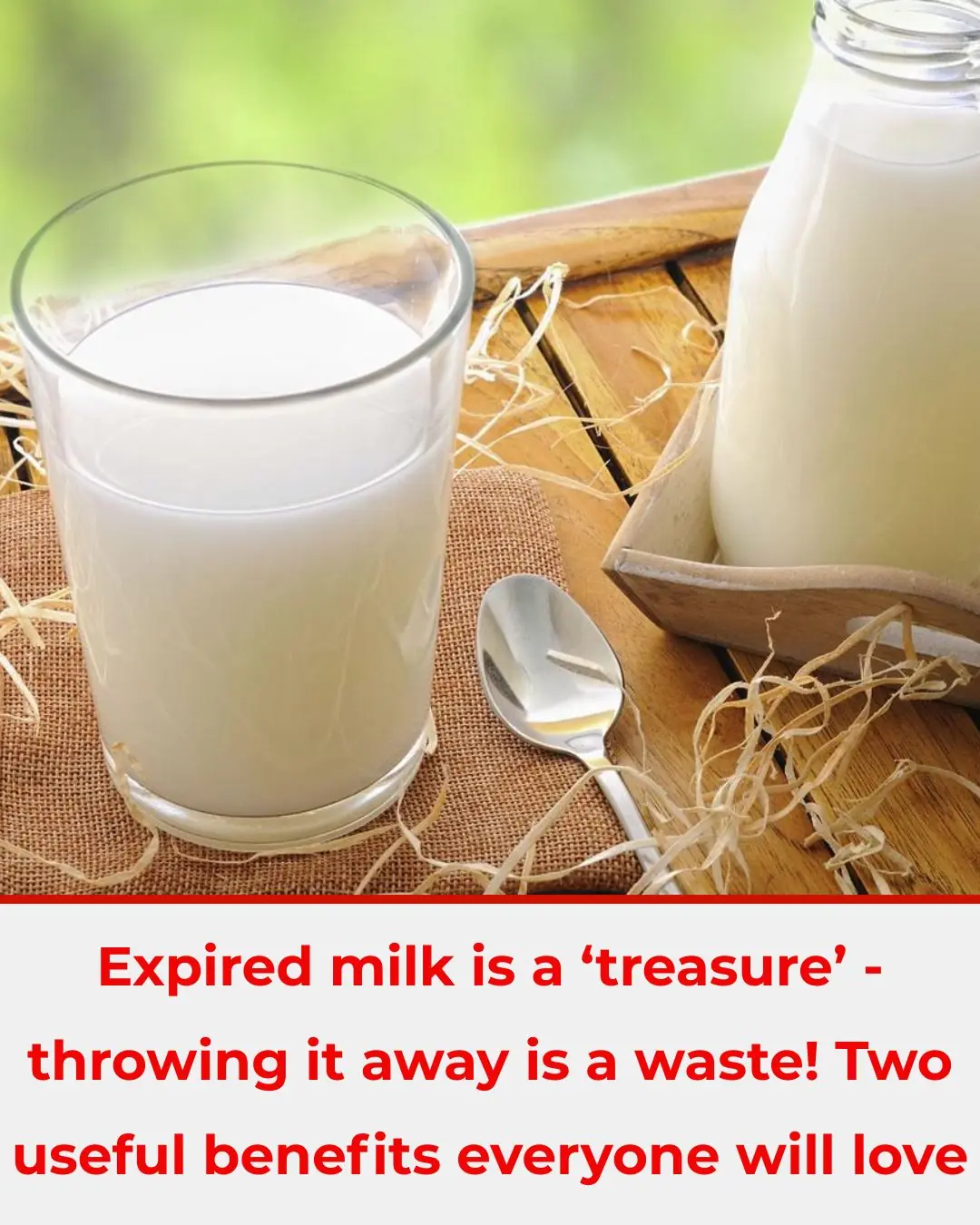
Expired Milk Isn’t Just Waste — 2 Useful Ways to Reuse It (If It’s Not Spoiled)

Sheila Brown Becomes The First Black Woman To Own A Radio Station In Buffalo, New York

Deion Sanders Delivers a Beautiful Mother’s Day Tribute to His Mom, Ms. Connie Knight

‘Never Seen Stephen A. Smith Look So Scared’: Serena’s Husband Pulls Up to Stephen A. Smith’s Workplace to Confront Him Following ESPN Host’s Comments About Tennis Star
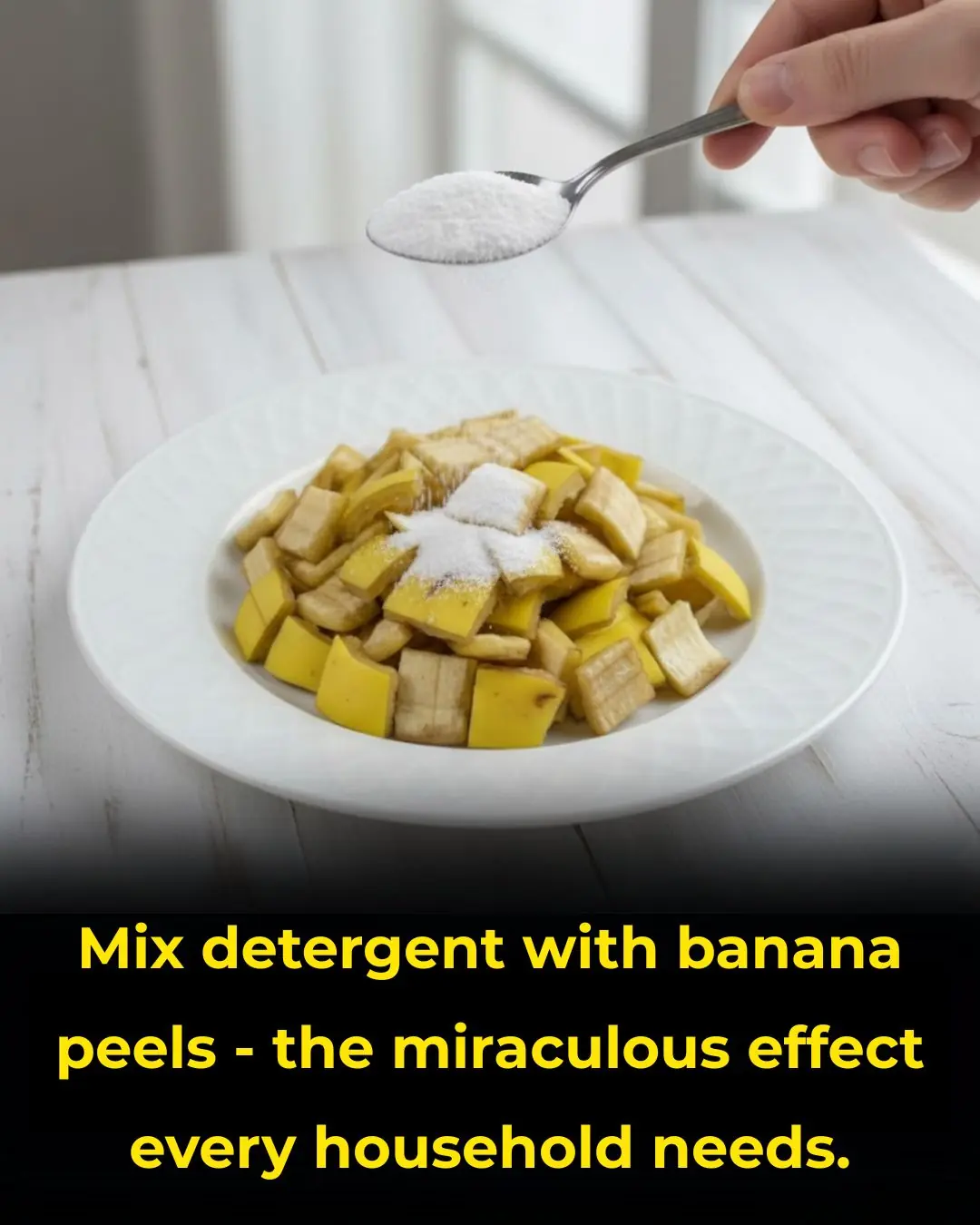
Mixing Banana Peels with Laundry Detergent — What It Claimsto Do (And What to Watch Out For)
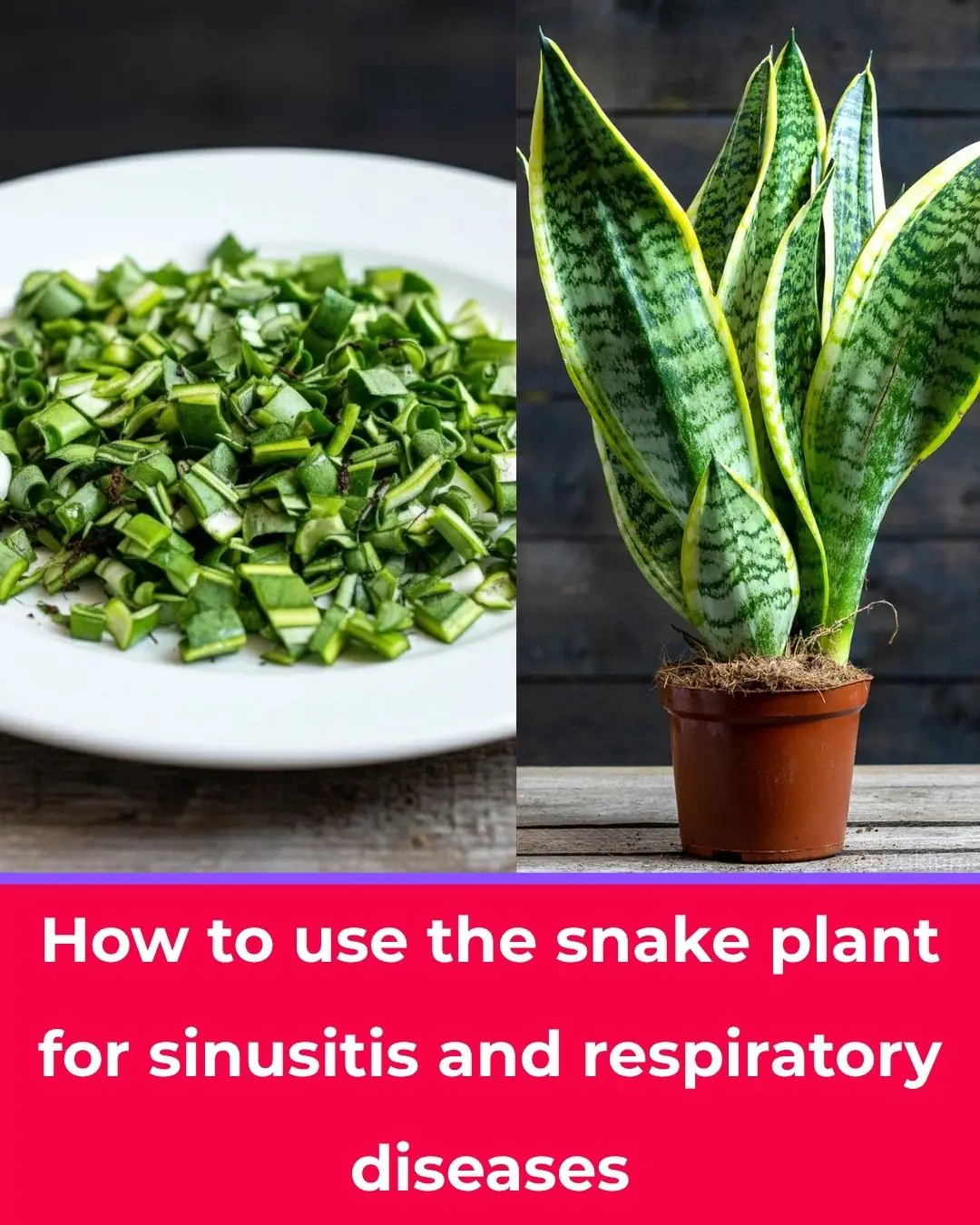
How to Use Snake Plant (Sansevieria) for Sinusitis and Other Respiratory Conditions
News Post

Mistaken for Love: The Mountain Lion Who Thought a House Cat Was Her Cub

Reveal: A Zero-Cost Trick to Make Your Glazed Tiles Shine at Home

8 Natural Methods to “Cleanse” Your Lungs — Affordable and Effective Tips

Maggie Jack: A Bright Light Against the Odds

Clever Travel Tip That Could Save You a Ton on Your Electricity Bill (But It Applies to Flying Too)

4 Best Times for Women to Drink Perilla-Leaf (Shiso) Water with Lemon to Detoxify and Radiate Skin

Insomnia Caused by Excess Liver “Fire”? Eat These 3 Vegetables to Moisturize the Lungs, Clear Heat, and Sleep Through the Night

Stop Marinating Beef with Salt Alone — Use a Spoonful of Sugar Instead to Make It Soft, Flavorful, and Non-Watery

Expired Milk Is a “Treasure” — 2 Useful Ways to Repurpose It If It’s Still Good

— So you’re from the village? We thought you were a city girl. Well then, wait a minute, I have a special drink for you for the celebration, you’ll definitely like it!” declared Mark Ivanych and ran off to the pantry, jingling bottles.

The morning was dull and quiet, broken only by the soft thump of two heavy suitcases on the garden path.

Vera was washing the dishes after dinner when her husband hugged her from behind. Normally such a gesture would be pleasant, but today it somehow made her anxious. After seventeen years of marriage, she had learned to sense when Igor was up to something.

An orphaned woman took in a dark-skinned boy—and two decades later uncovered a startling secret!

“Why don’t you get lost, my dear, if all you want from me is the apartment and a residency registration? Or did you think that when I found out, everything would go on as before?”

— Stop, my dear! And who told you I was planning to pay your father back? I’m your husband! I thought it was a gift from him to our family!

— “I’ve already promised Mom that you’ll sign the apartment over to her,” my husband informed me as a done deal.

Sunshine Sammy: The Boy Who Lit Up Hollywood.

– We need to separate. We’ll split the car and the business fifty-fifty. – My husband still didn’t know he had made a huge miscalculation.
